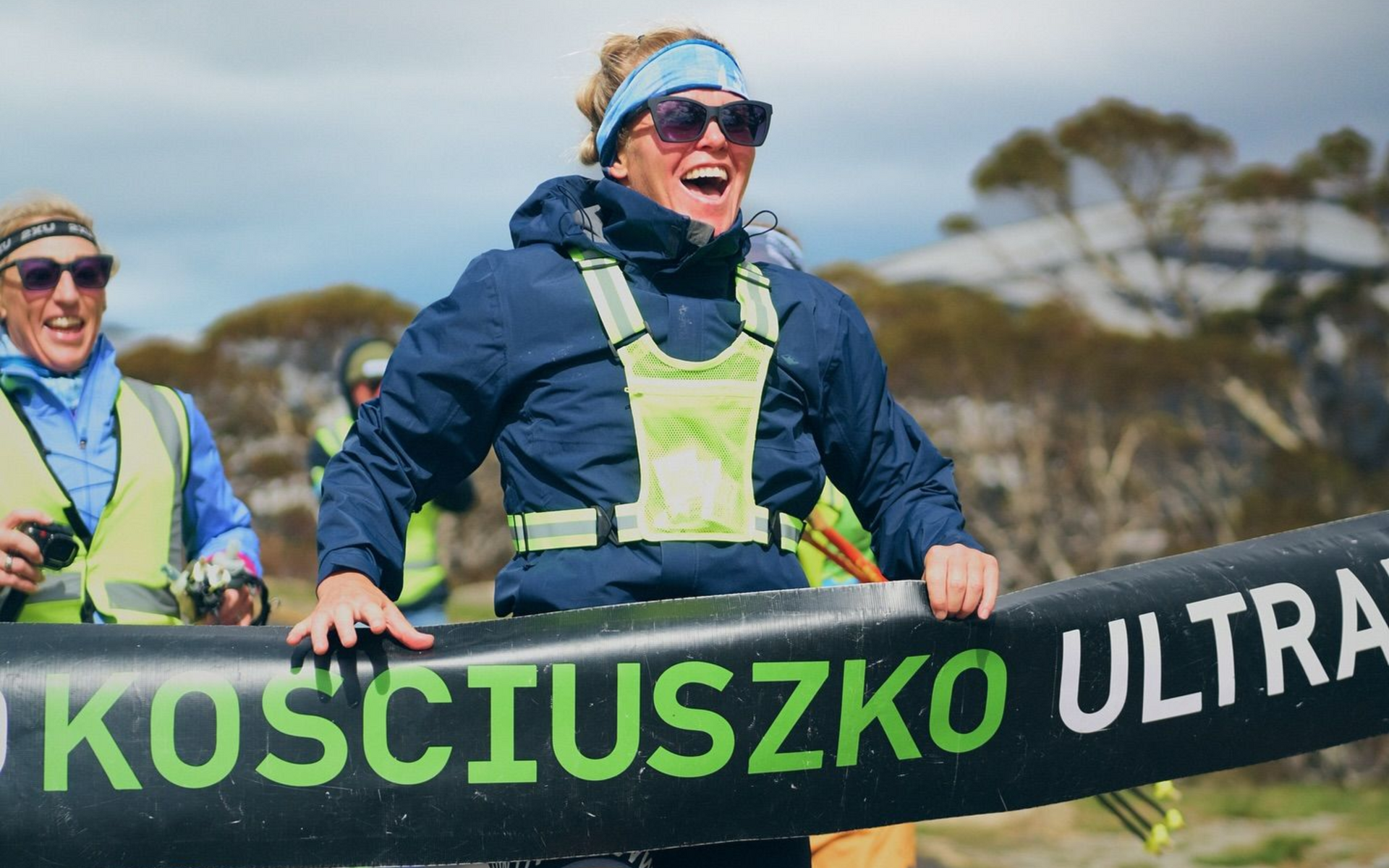
COACH’S CORNER: (PREVIEW) HOW TO TROUBLESHOOT NIGGLES AFTER A RUN
Pete Colagiuri is a Sports Physiotherapist, Level 3 Running Coach and ultrarunner. He works clinically at Bioathletic in Sydney and is developing the first mobile app to diagnose running injuries and prescribe rehab programs.
No matter what your goal is with ultrarunning, whether it’s to go further or faster or to just make it feel easier, the key is consistent training.
Consistent training comes from sustained motivation, effective methods of recovery and avoiding injury. And it’s that last point that really exemplifies the paradox of ultrarunning. Avoiding injury requires you to adjust your training at the first sign of injury. But the first sign of injury is often pain.
So how do you know which pain leads to injury in a sport that’s not meant to be pain free?
We’re not saying that ultrarunning must cause pain but in a sport where you are pushing your limits, it’s not always going to be comfortable either.
So here’s our top five tips on troubleshooting common niggles, before they become injuries.
TIP #1: BEWARE OF ANY NIGGLE THAT FORCES A CHANGE IN YOUR RUNNING STYLE
A niggle that changes your running style doesn’t necessarily mean the niggle itself is concerning. The real risk here is that an altered running style will redistribute the load on your body to areas that aren’t accustomed to taking that pressure.
This is where one niggle can quickly turn into three injuries, meaning that the battle to get back on track just got a whole lot more challenging.
To read more from Pete Colagiuri, this article will appear in full in the January 2021 edition of Ultramag. For more information on Bioathletic and/or to book an appointment with Pete, visit Bioathletic online here.








